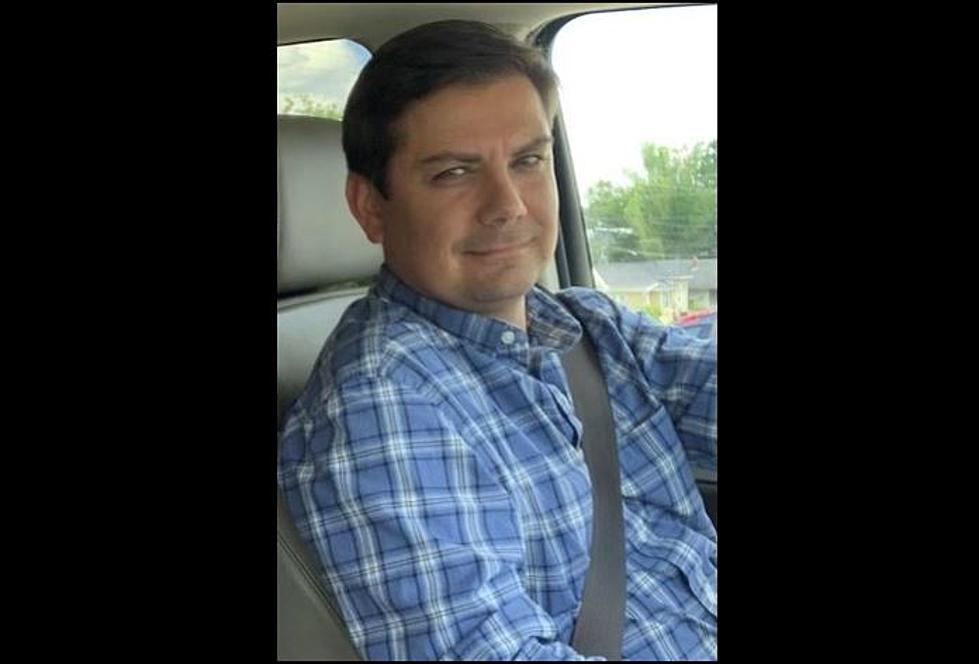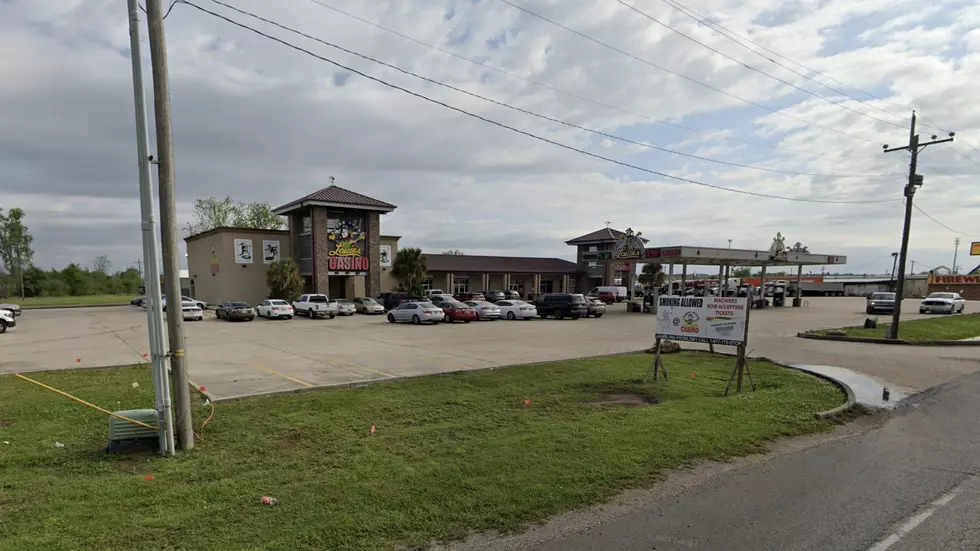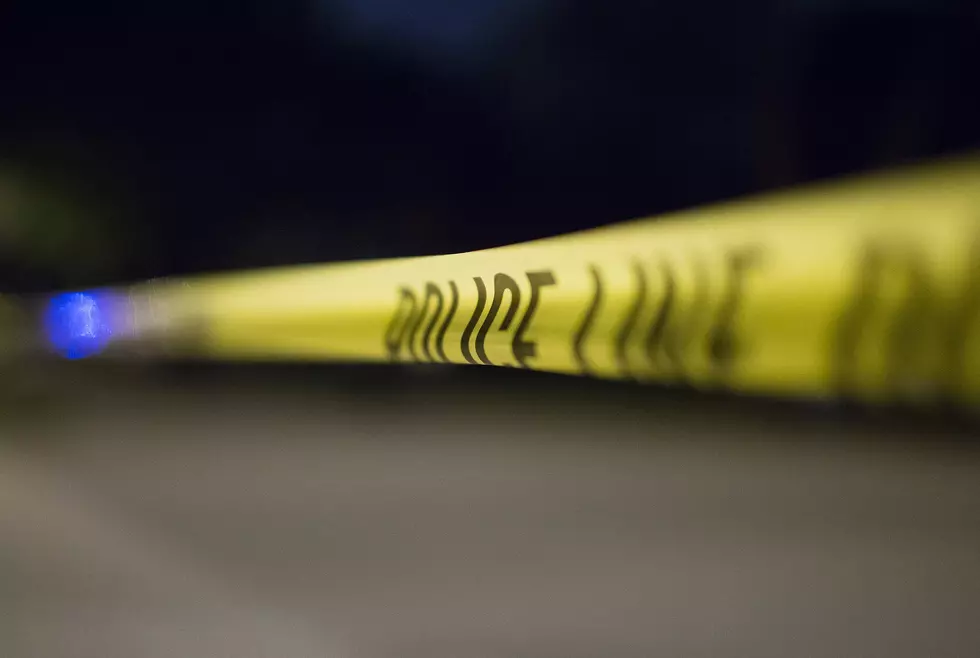
Here’s Why You Should Never Share Personal Numbers on Missing Person Flyers
A chilling revelation from a family member involved in the Mickey Shunick investigation has highlighted the dangers of sharing personal phone numbers on missing person flyers. Charlie Shunick, of the Shunick Missing Persons, recently shared a previously undisclosed detail from the high-profile 2012 case involving the tragic disappearance and murder of her sister, Mickey Shunick.
The timeline of the Mickey Shunick case, detailed on the official website, showcases the harrowing journey the Shunick family underwent in their quest for answers. From Mickey's last moments captured on surveillance footage, to the relentless search efforts, and the eventual heartbreaking discovery of her body, the case captivated and galvanized our Lafayette community.
A Chilling Call
However, it was a detail kept private until now that has sparked renewed attention. According to a TikTok video shared by Shunick Missing Persons, in the early days following Mickey's disappearance, flyers containing the personal phone number of Mickey's mother were widely distributed. In the clip, Charlie shared a haunting story about a time when law enforcement revealed to their family that Brandon Scott Lavergne, the man convicted of abducting and murdering Mickey, had actually called her mother's cell phone.
Shunick's revelation underscores the importance of exercising caution when disseminating personal information, even in desperate circumstances. Not only do you open yourself up to potentially traumatizing situations, but while running a missing person campaign you really don't have the bandwidth to field what could easily turn into thousands of texts and phone calls; not to mention how easy it can be to decipher credible tips from people who are just offering their opinions on the case or heartfelt thoughts and prayers.
Completely unrelated to Shunick's story, another distressing incident was shared on a Missing & Homeless Facebook page that further highlighted the dangers associated with public contact information in cases like these.
A woman, after sharing her personal number in the search for her homeless mother, experienced a prolonged hoax that emotionally tormented her and even escalated to threats of violence.
To prevent such tragedies and protect those already enduring the pain of a missing loved one, Shunick Missing Persons has established a policy against sharing flyers with personal or private contact information.
In times of despair, it's understandably challenging to think rationally. However, Charlie Shunick's revelation serves as a very chilling reminder that taking measures to protect personal information can prevent further anguish and ensure the safety of all involved.
Recommended Safer Alternatives
Google Voice: A free service providing a unique phone number for calls, texts, and voicemails, keeping one's primary number private.
Social Media "Like Pages": Direct messages can be sent to dedicated pages, eliminating the need for personal numbers.
Utilize Law Enforcement: They can act as an intermediary, ensuring safety and legitimacy in communication.
What to Include on 'Missing' Posters?
Furthermore, for those crafting missing person posters, it's crucial to include vital details such as the individual's name, age, recent photo, circumstances, last known location, physical characteristics, attire, contact information (not personal), case numbers, and any rewards, without compromising personal safety.
More Tips on Handling a Missing Loved One Situation
Compiled from multiple authoritative sources.
In the unfortunate event that a loved one goes missing, it's essential to act swiftly and methodically. Here's a condensed guide on what to do and what to expect, based on insights from various experts:
Immediate Actions:
- Point Person: Designate a primary person for the investigation; others can handle media or assist in different capacities.
- Record Keeping: Maintain a notebook to jot down every detail, including sudden ideas.
- Verify: Before raising an alarm, ensure they're truly missing. Sometimes adults might be purposefully in hiding.
- Communication Check: Call their phone, workplace, or home. Create a "ping trail" by regularly calling their mobile.
- Immediate Contacts: Reach out to hospitals, police, frequented places, transport services, and potentially shelters.
- Digital Footprints: Check their social media for any recent interactions or discussions.
- Home Inspection: Visit their residence. If there are signs of forced entry, contact the police. If not, carefully enter without disturbing potential evidence. Look for recent receipts, missing items, or anything unusual.
- DNA: Secure items like toothbrushes, hairbrushes, or makeup brushes.
- Recent Photos: Gather recent photographs for reference.
- Friends & Acquaintances: Contact their close friends, coworkers, or acquaintances for any information on their last known whereabouts or plans.
- Police Report: File a missing person report immediately with the police. Provide them with all necessary details and photos.
- Vehicle Check: If their car is missing, check towing yards, impound lots, and even the department of motor vehicles for potential leads.
- Timeline: Construct a timeline based on their last known activities and communications.
Ongoing Efforts:
- Staying Updated: Regularly communicate with the police for updates.
- Public Awareness: Distribute posters and flyers. Remember: Do not include personal contact information for safety reasons. Use a separate contact medium.
- Online Platforms: Set up social media pages to spread the word and gather information.
- Media Engagement: Approach local press to highlight the case.
- Volunteers: Organize volunteers for searches or events to maintain media attention.
- Legal & Financial Planning: If the situation prolongs, seek advice on managing the missing person's financial obligations.
Important Dos and Don'ts:
- DO maintain your well-being with prayer, meditation, and regular routines.
- DO stay connected with friends, family, and seek professional help if feeling overwhelmed.
- DON'T clean up any potential scene; it might contain evidence.
- DON'T hire a private investigator immediately; some might hinder the official investigation.
- DON'T make accusations without evidence. Stick to facts when communicating with authorities.
Valuable Resources:
Remember, in such situations, hope and persistence are crucial. Utilize all available resources and always prioritize safety. Above all, never lose hope and do everything possible to find your loved one.
For more information and guidance when it comes to finding your missing person, Shunick Missing Persons is a great resource and can be found here.
25 True Crime Locations: What Do They Look Like Today?
More From Hot 107.9









